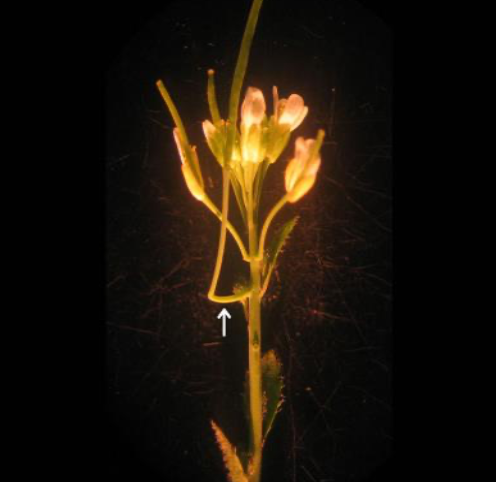Pennsylvania (USA), June 17: One of the best studied plants in science is a small roadside weed named thale cress (Arabidopsis thaliana). It has been studied for decades. Plant biologist Timothy Gookin from Pennsylvania State University surprisingly discovered an unknown organ, elbow-like offshoots emerging from the main stem horizontally, and supporting the pedicel, a stalk that bears the flower. It was like a cantilever (a rigid structure that extends horizontally with support at one end only) so it was named a ‘cantil’. Initially, it was thought that this might be due to some mutation or cross-fertilisation in the plant. Later, after studying the plant for twelve years, it was found that this was occurring due to a natural phenomenon. The stalk forms only when the plant is forced to delay flowering, which occurs when daylight hours are short. It was found to occur only in this species. Though the function of the cantil is still unknown it has created a curiosity to learn more about it.
With news inputs from EJ Krisha


